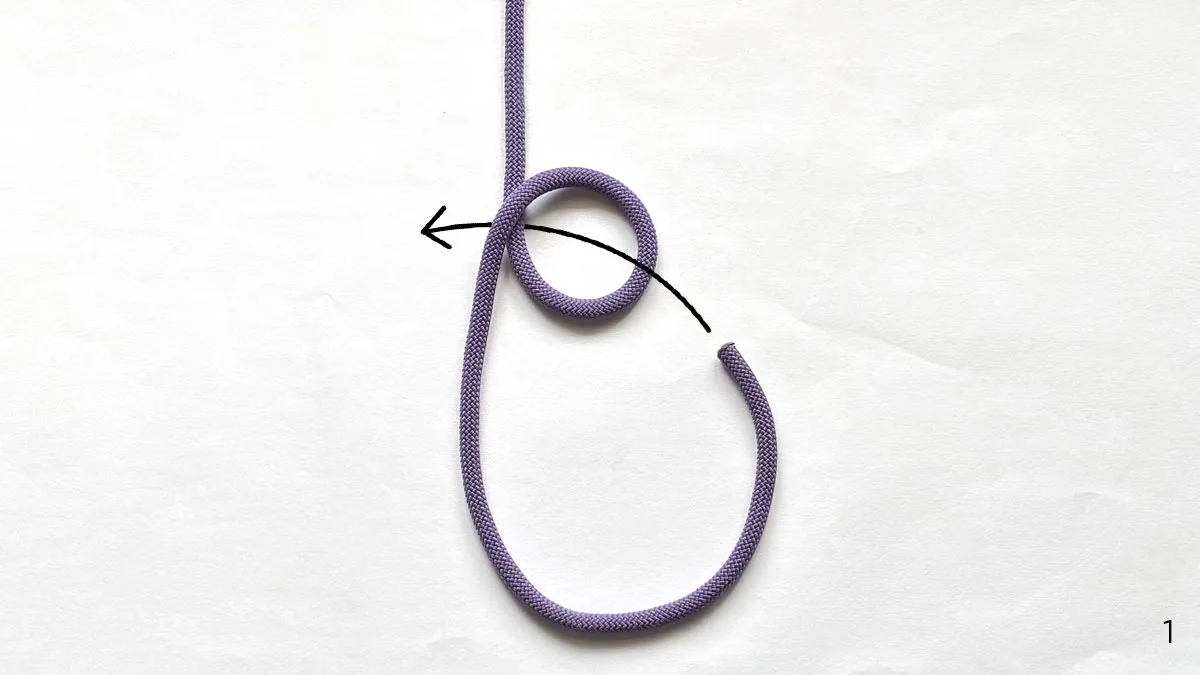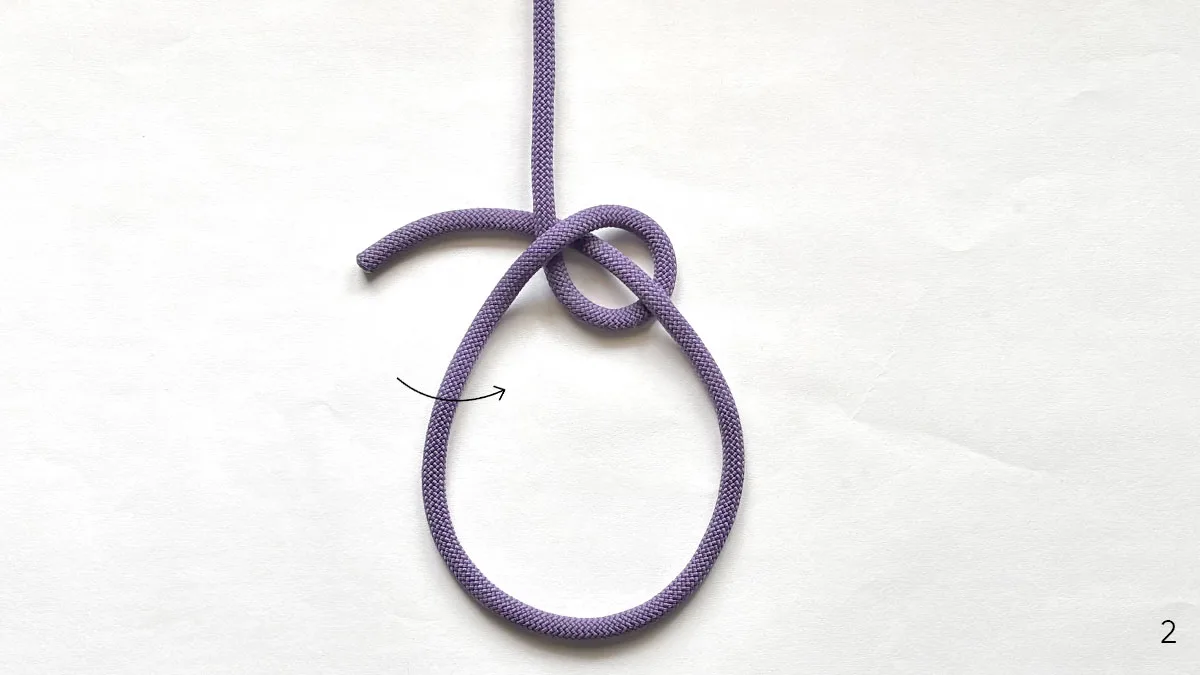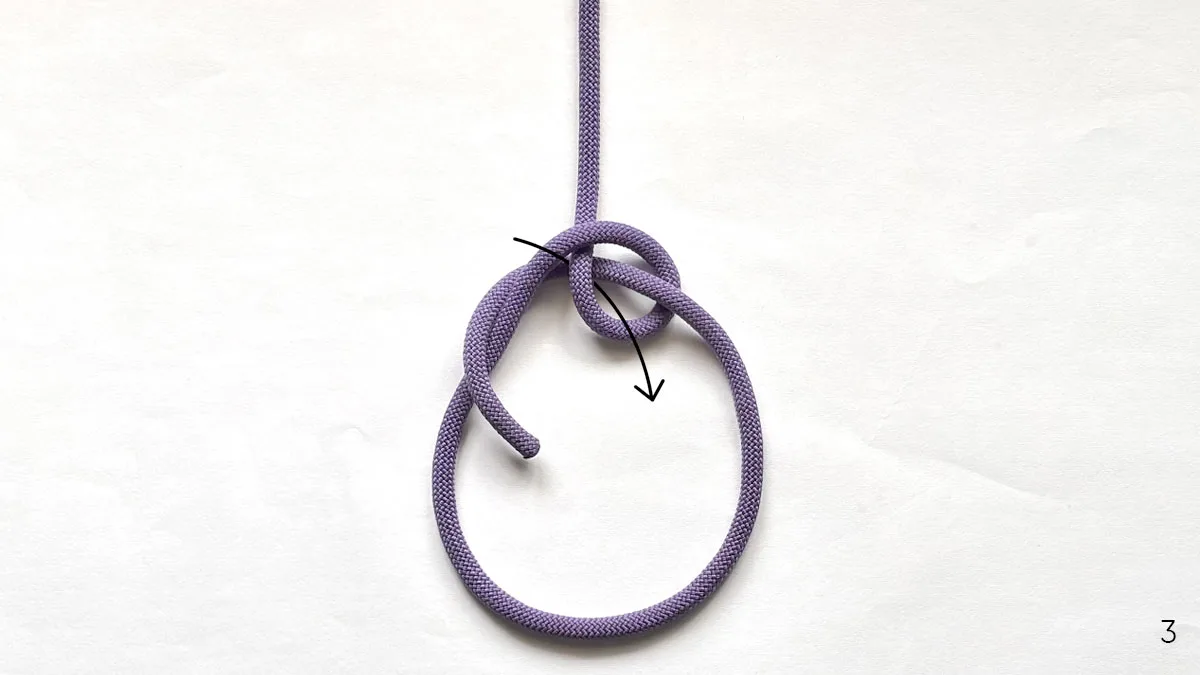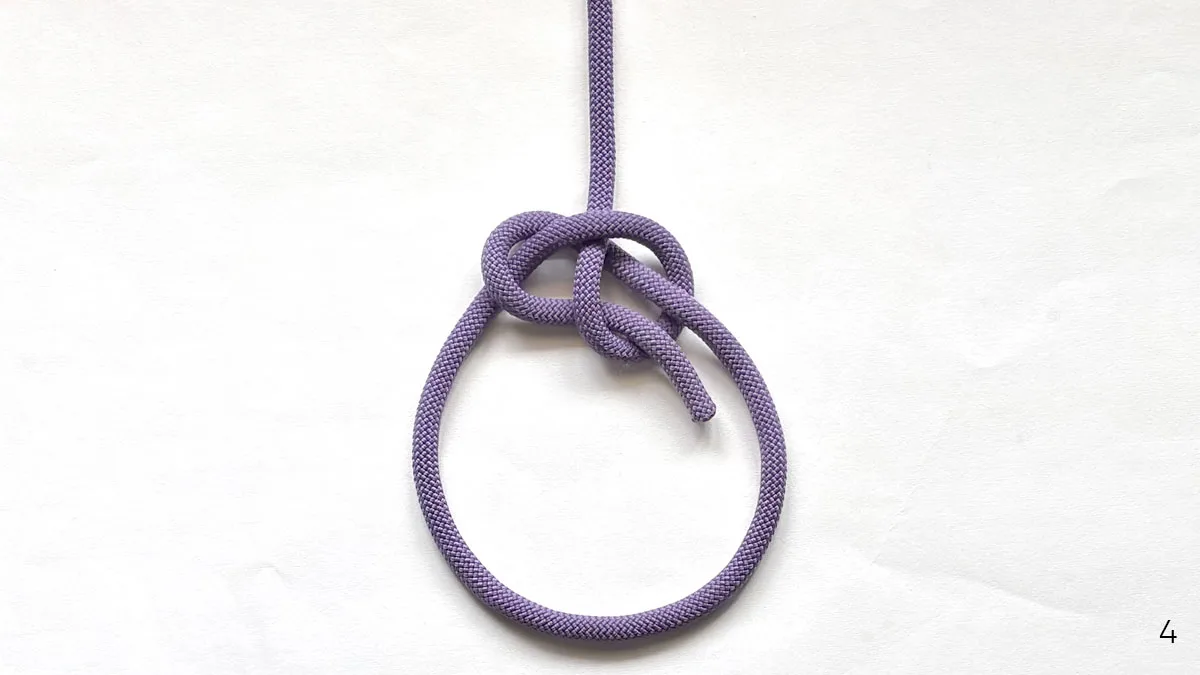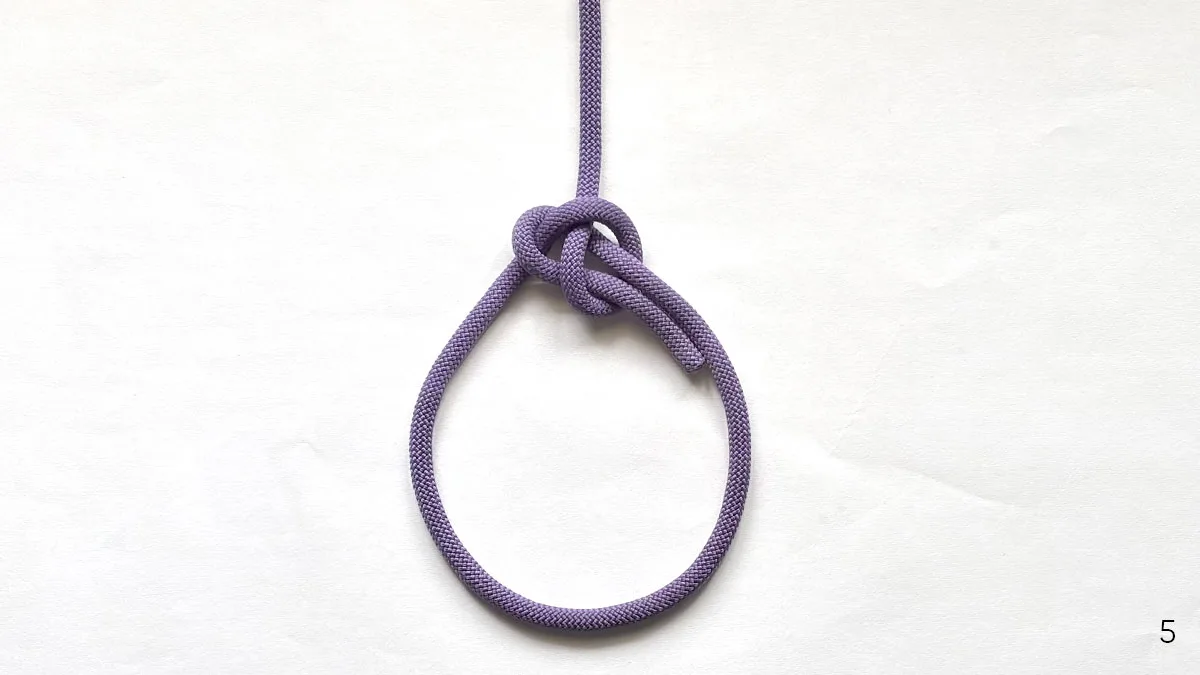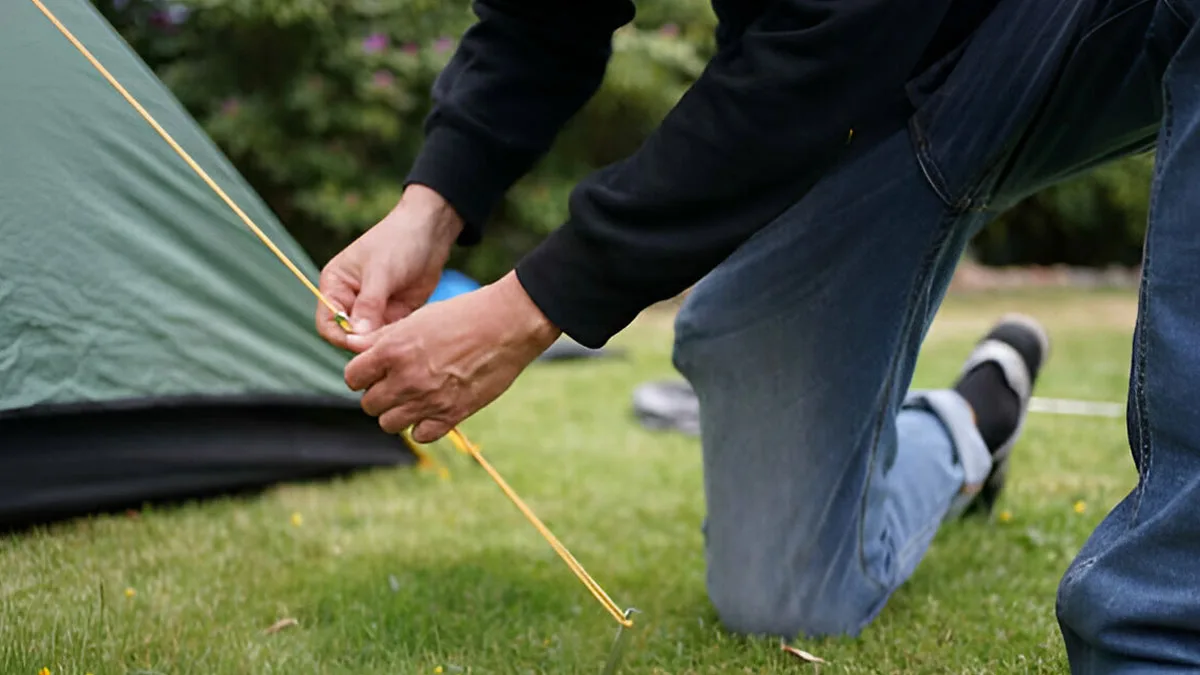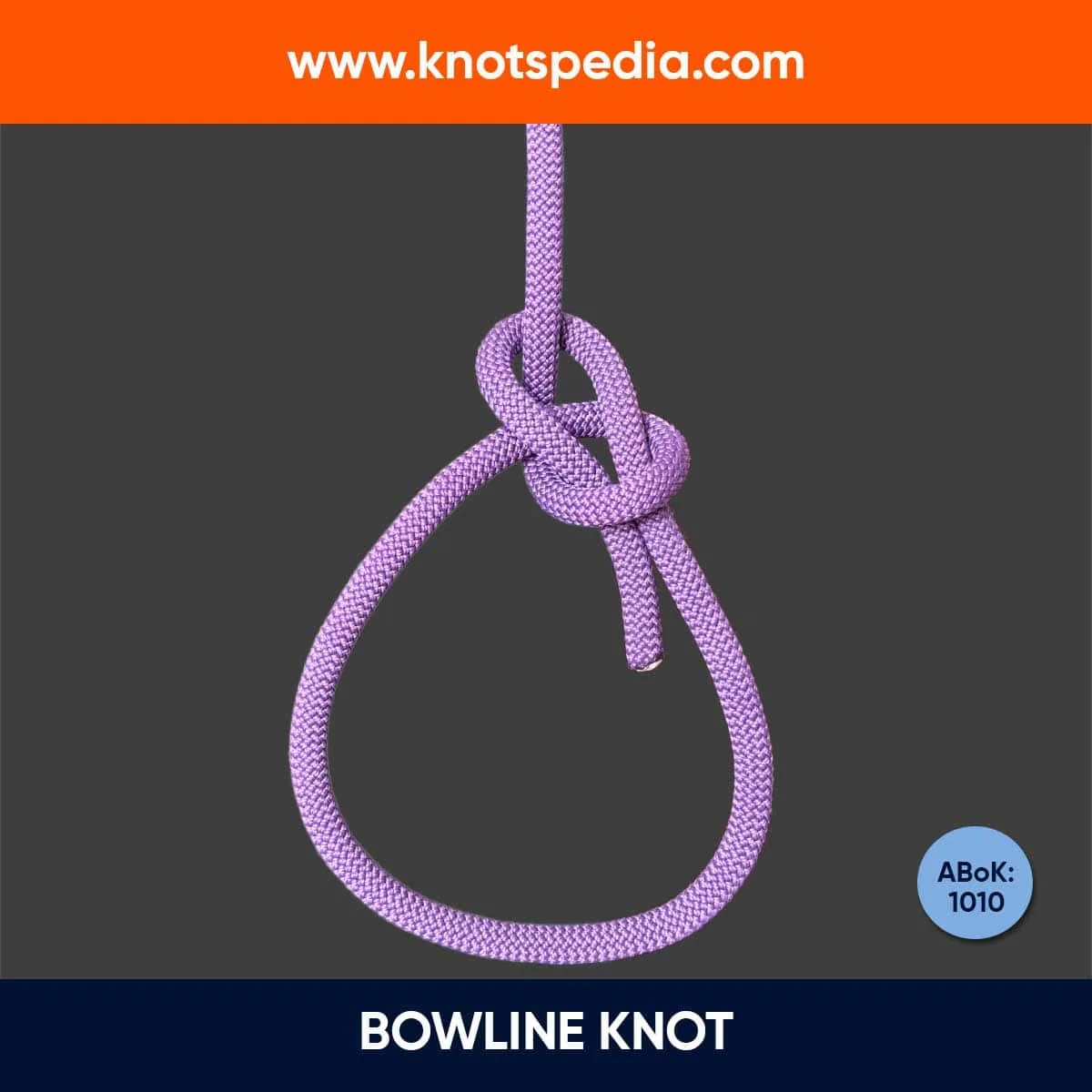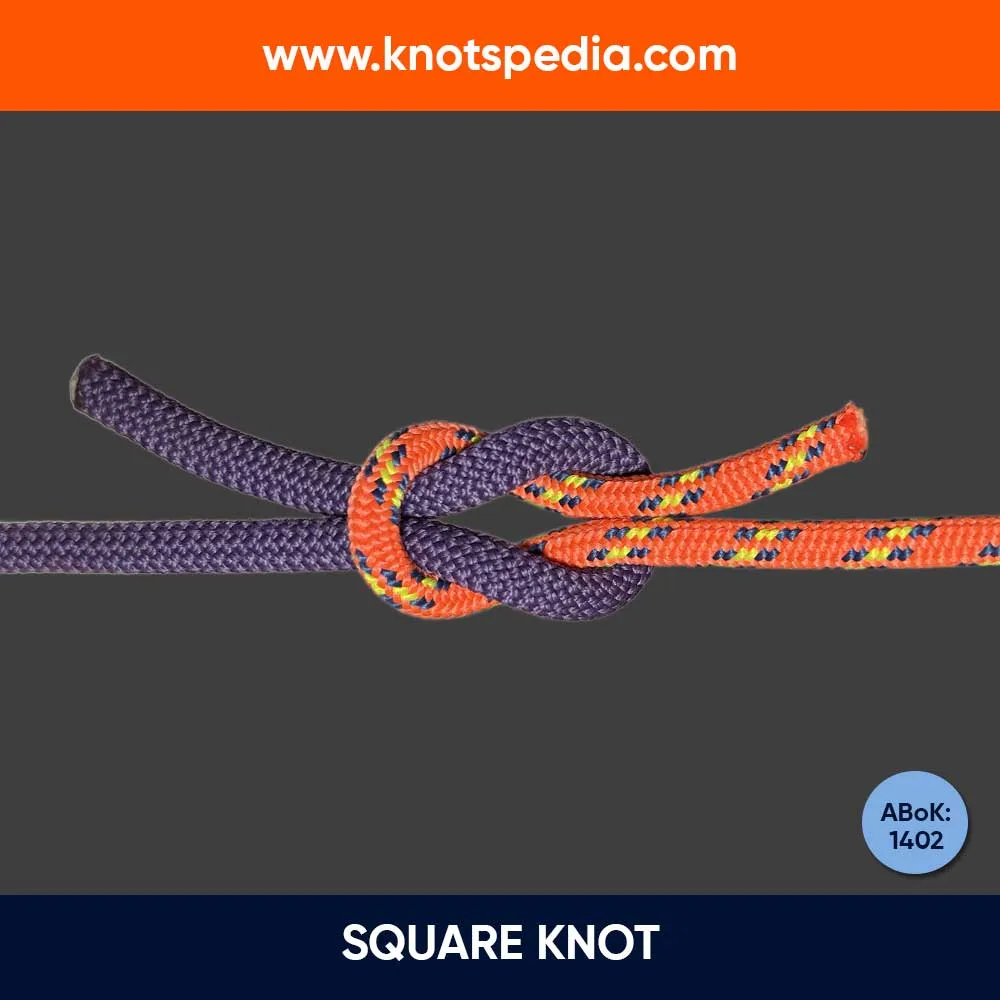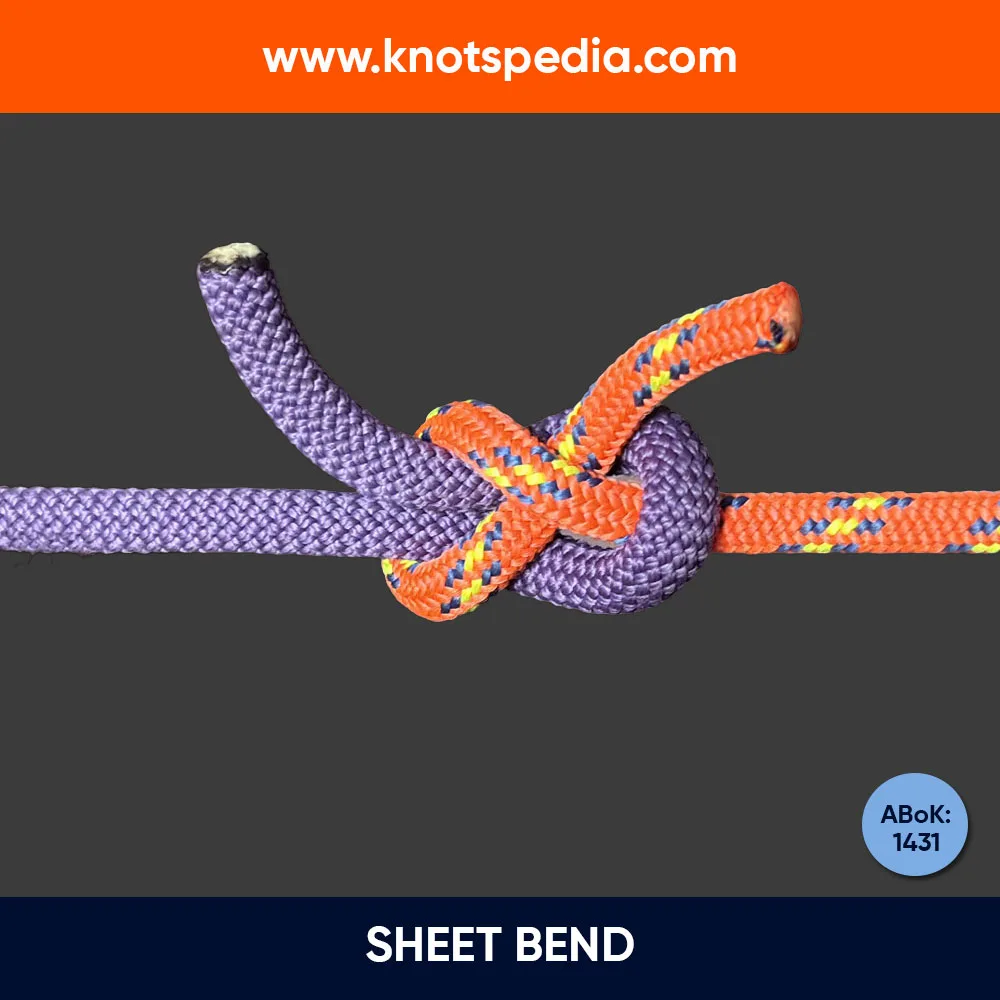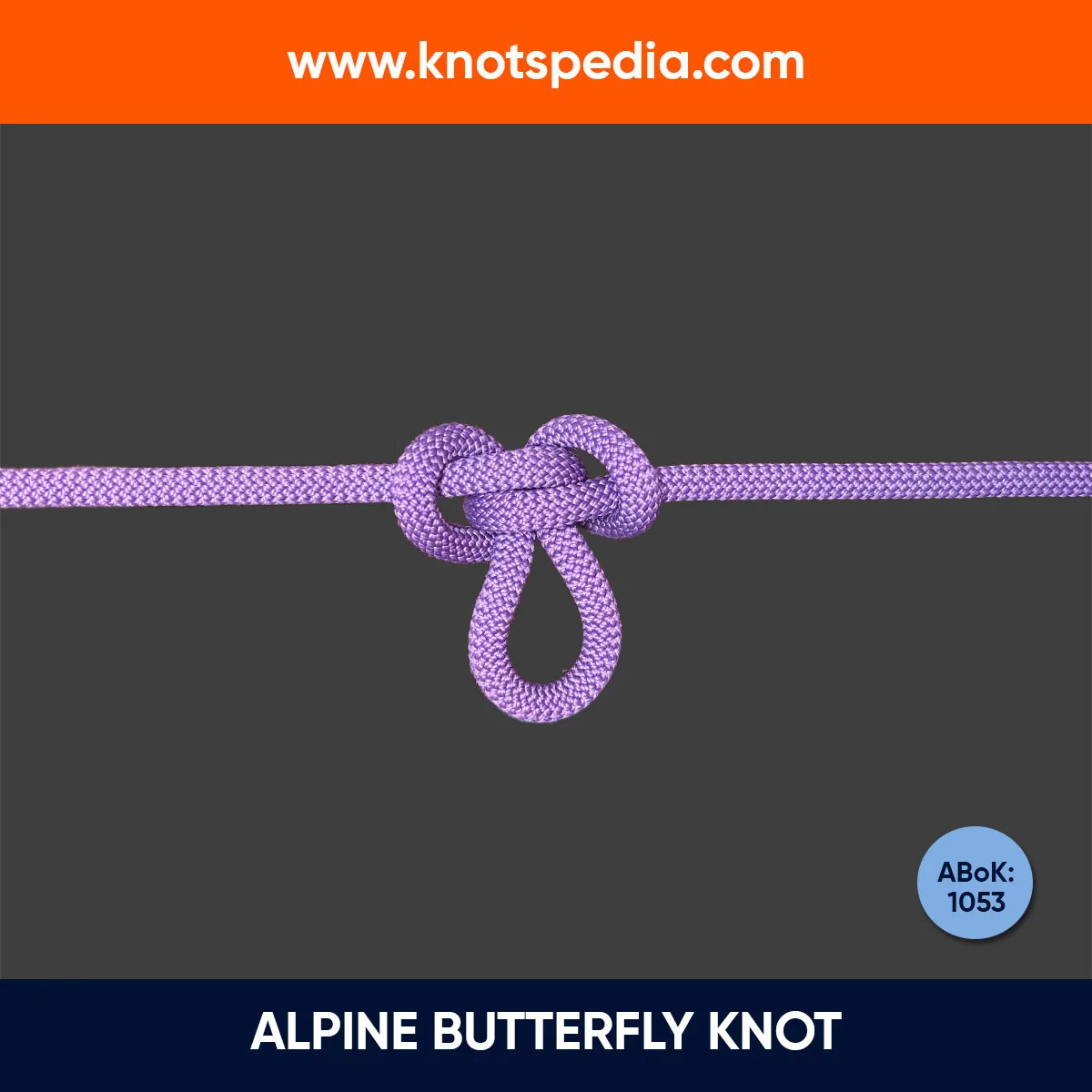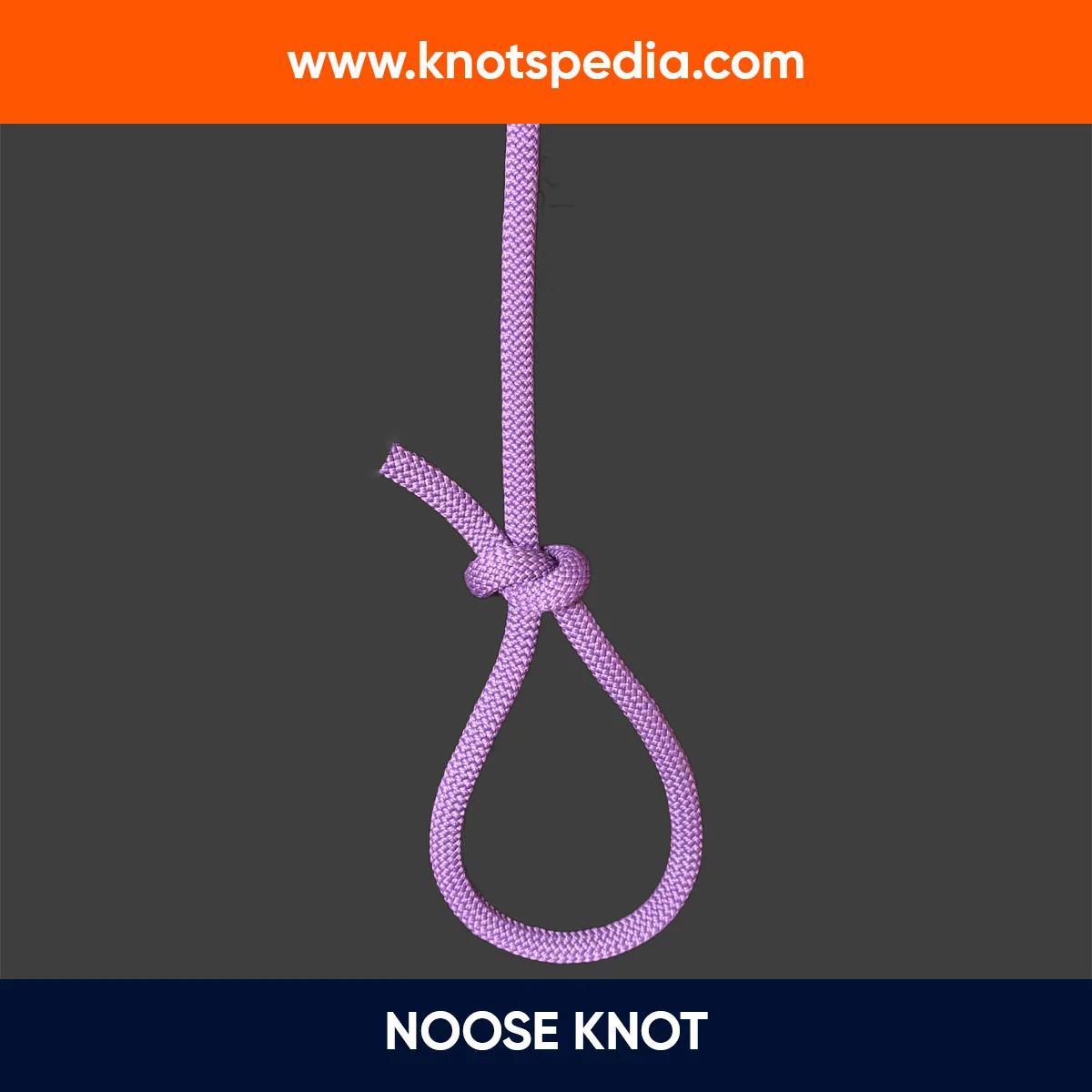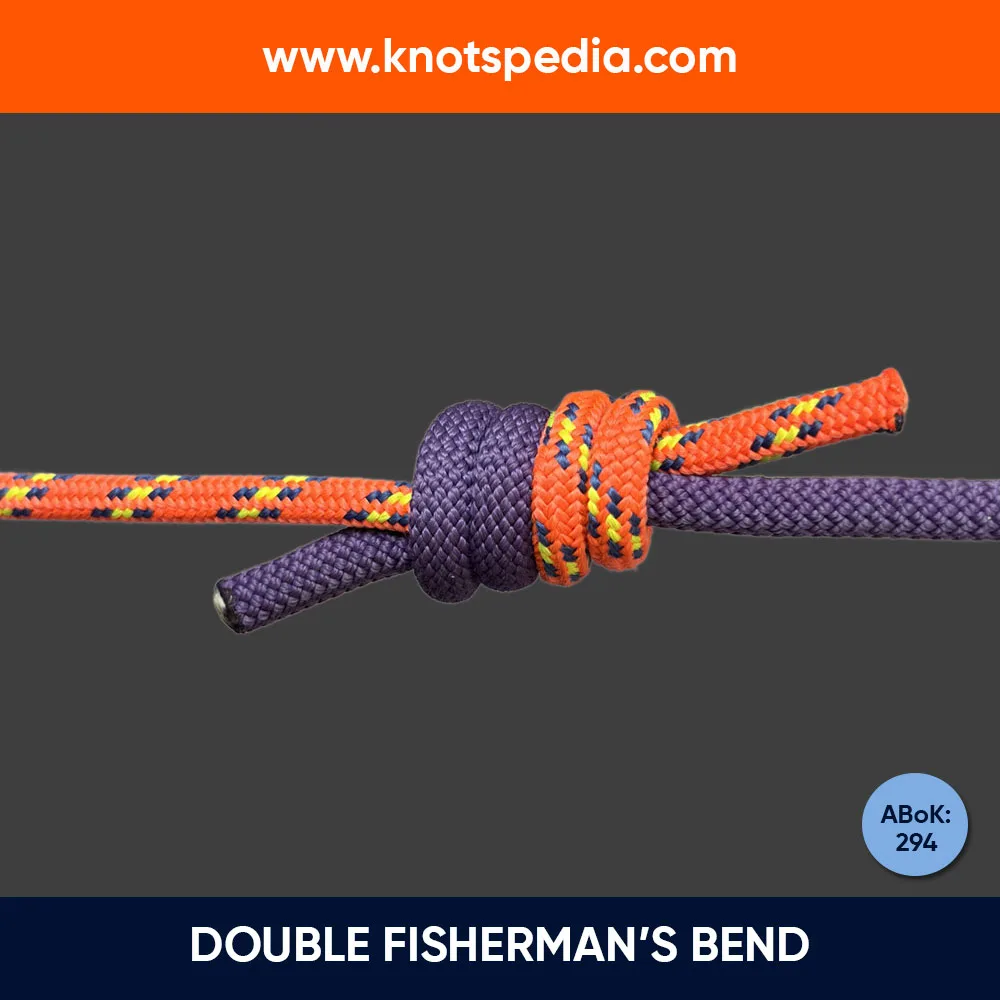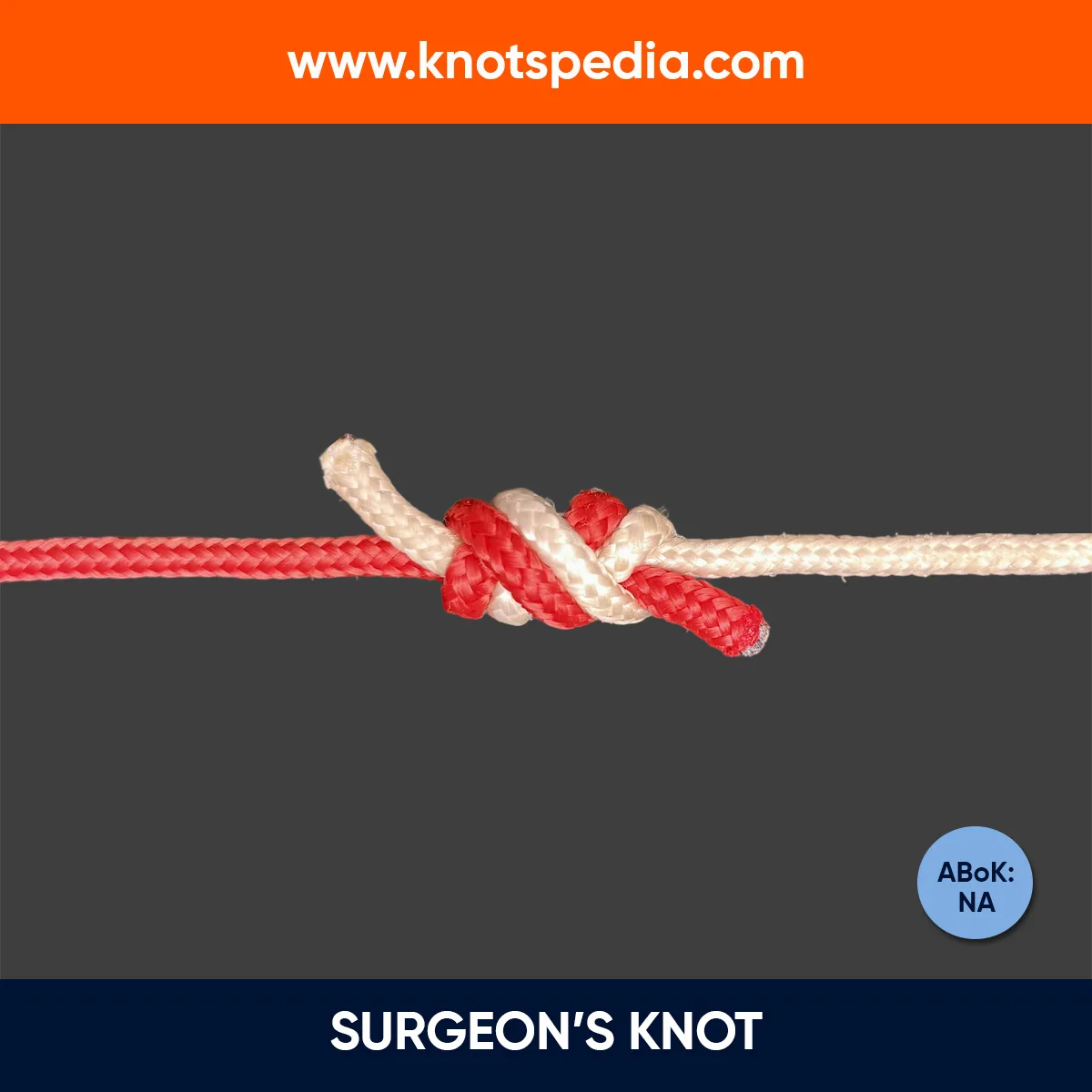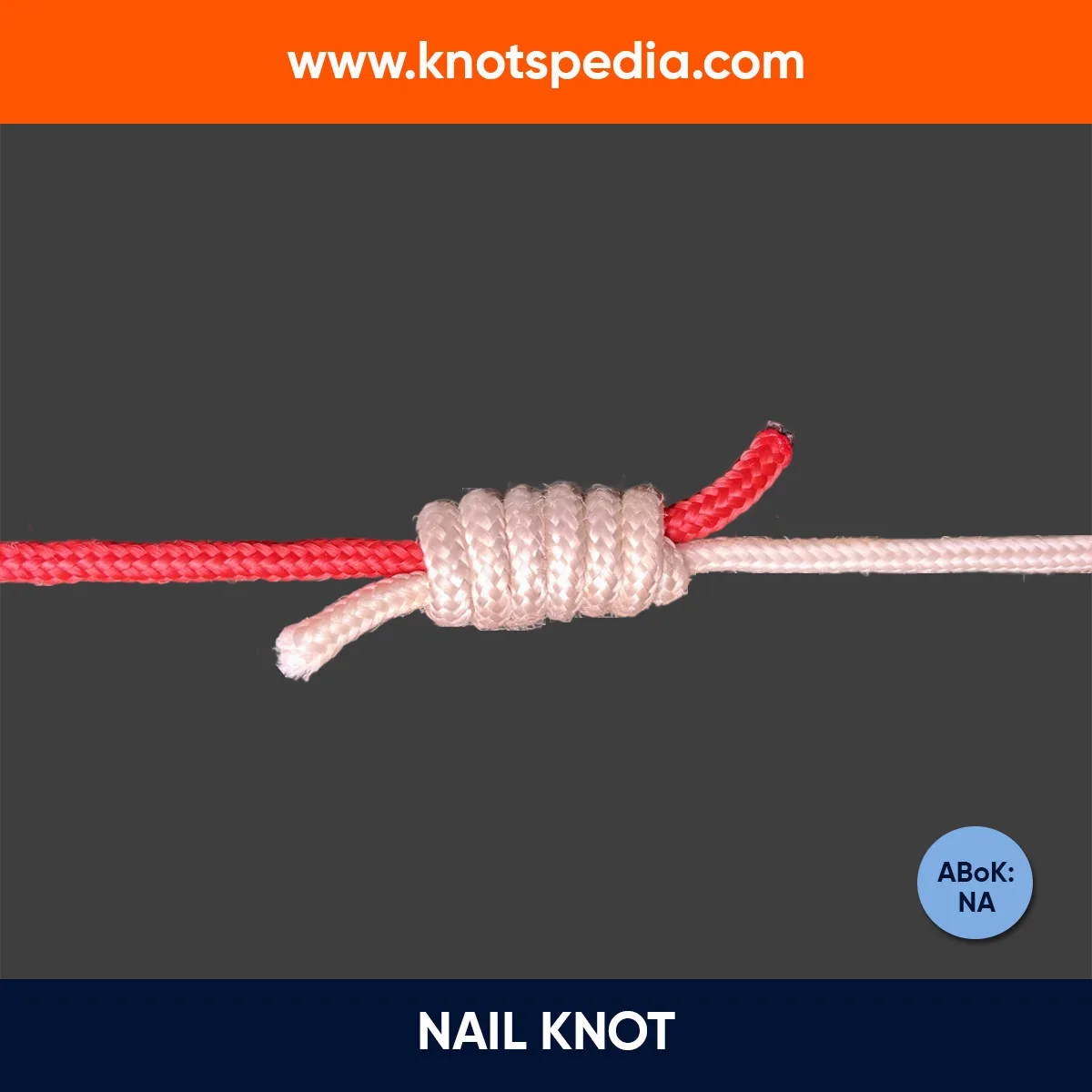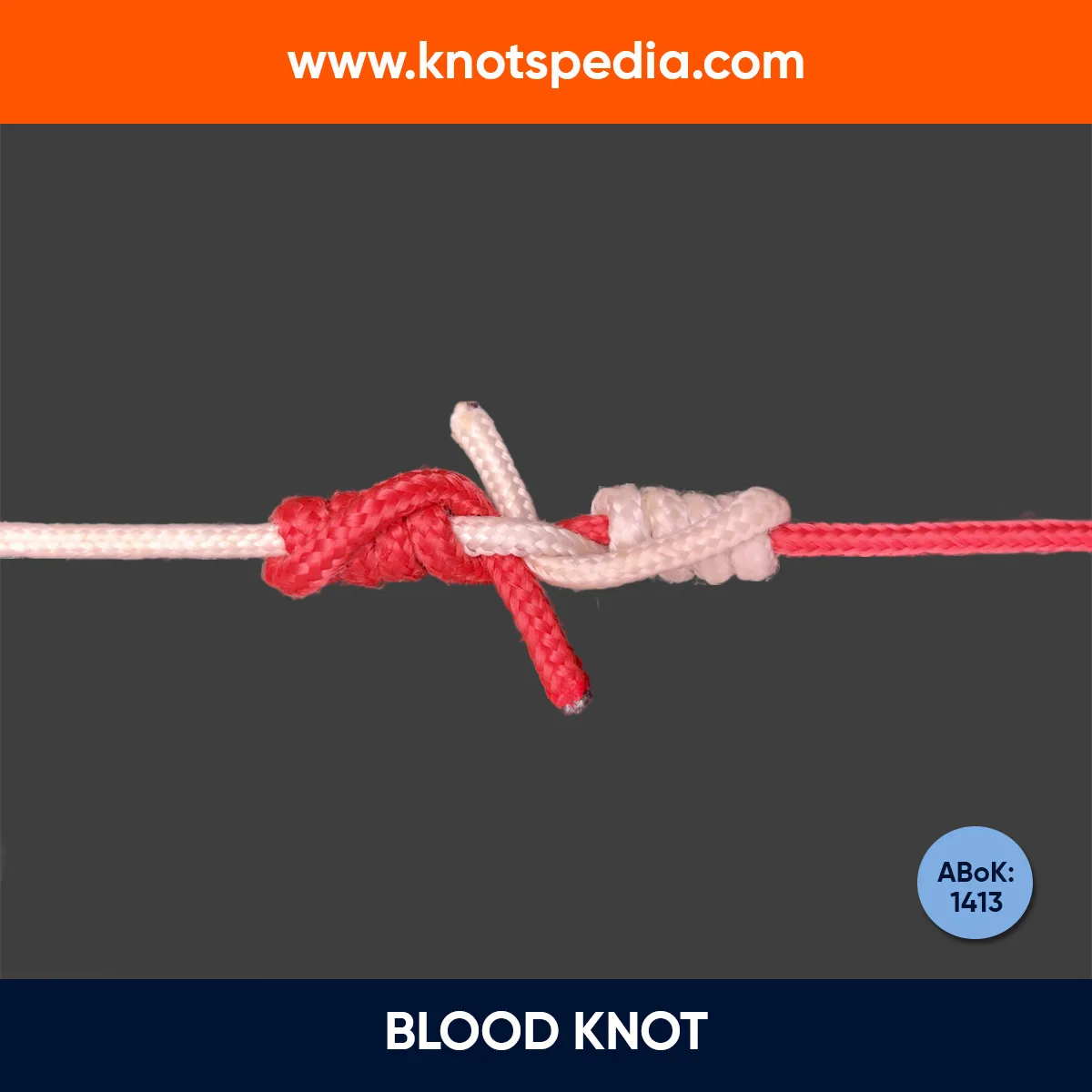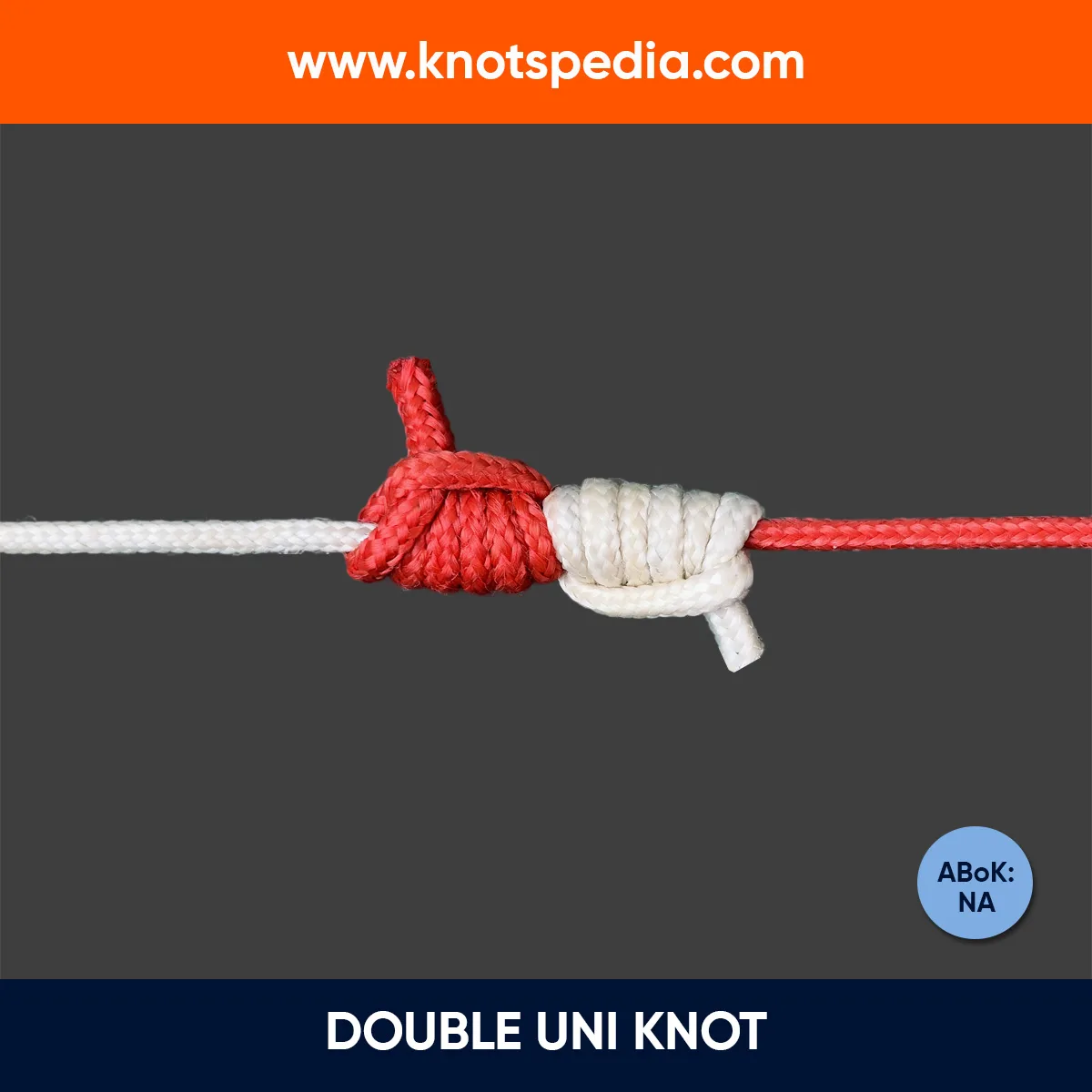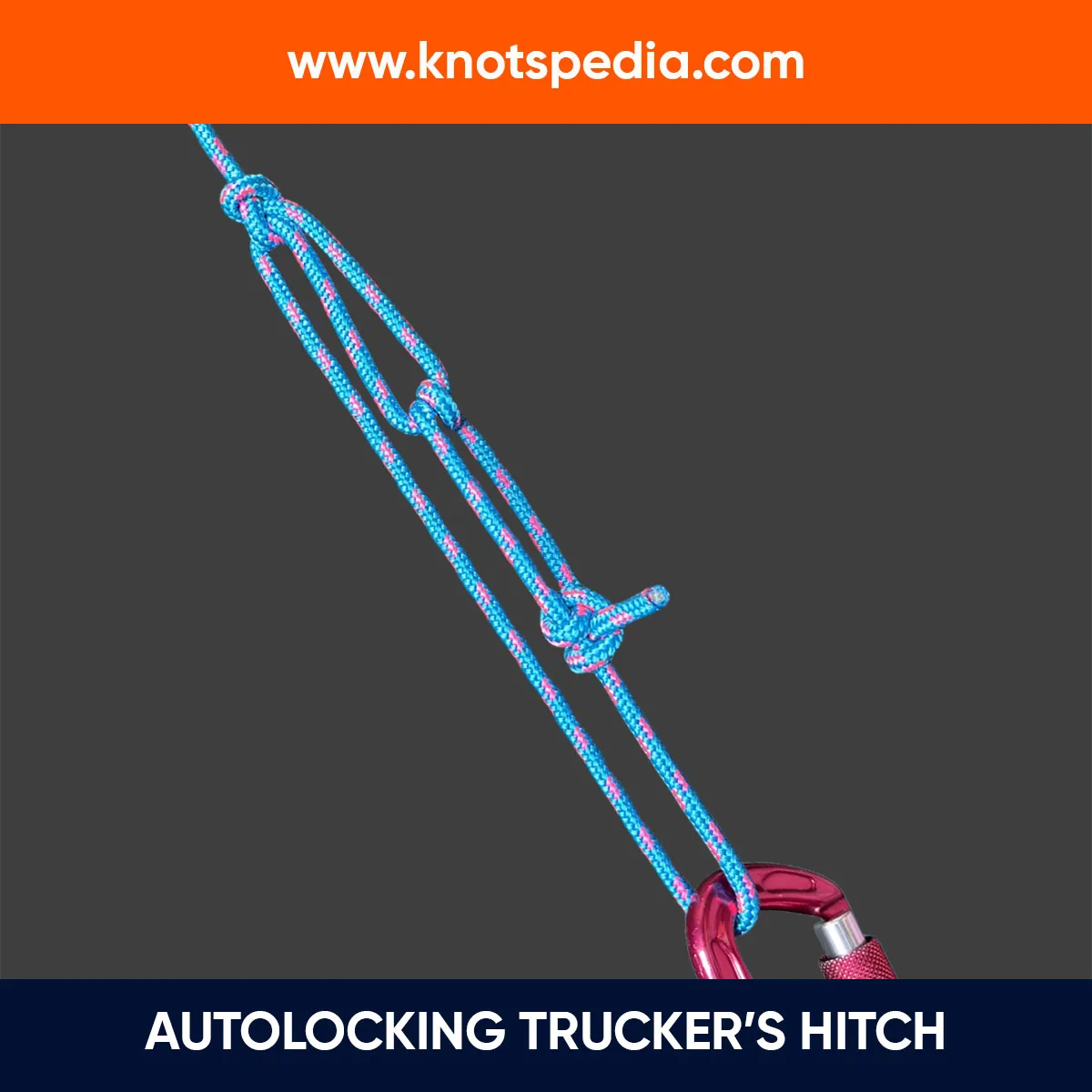The Eskimo Bowline Knot forms a loop or an eye at the end of the rope.
It is tied similarly to the classic Bowline but with a slight twist.
Instead of going around the standing end like the regular Bowline, it is tied around the loop itself.
It’s used as an alternative to the Bowline, especially in Russia.
Let’s learn it in detail.
Eskimo Bowline Details
Type: Loop
Other Names: Cosssak Knot, Anti Bowline, Reverse Bowline, Boas Bowline
ABoK Reference: Not Available
How to Tie Eskimo Bowline Knot
- Make an Overhand knot with the working end of the rope.
- Pass the tag end above and through the loop.
- Pass it over the bight.
- Pass it through the loop.
- Tighten the knot.
Eskimo Bowline Step by Step

Right Handed vs Left Handed Versions
Most people tie the Eskimo Bowline with the right hand as shown above.
This is called the right-handed chirality (Z chirality).
But for left hand dominant person, the Eskimo Bowline shown below is just as valid—it’s tied with the left handed chirality (S chirality).
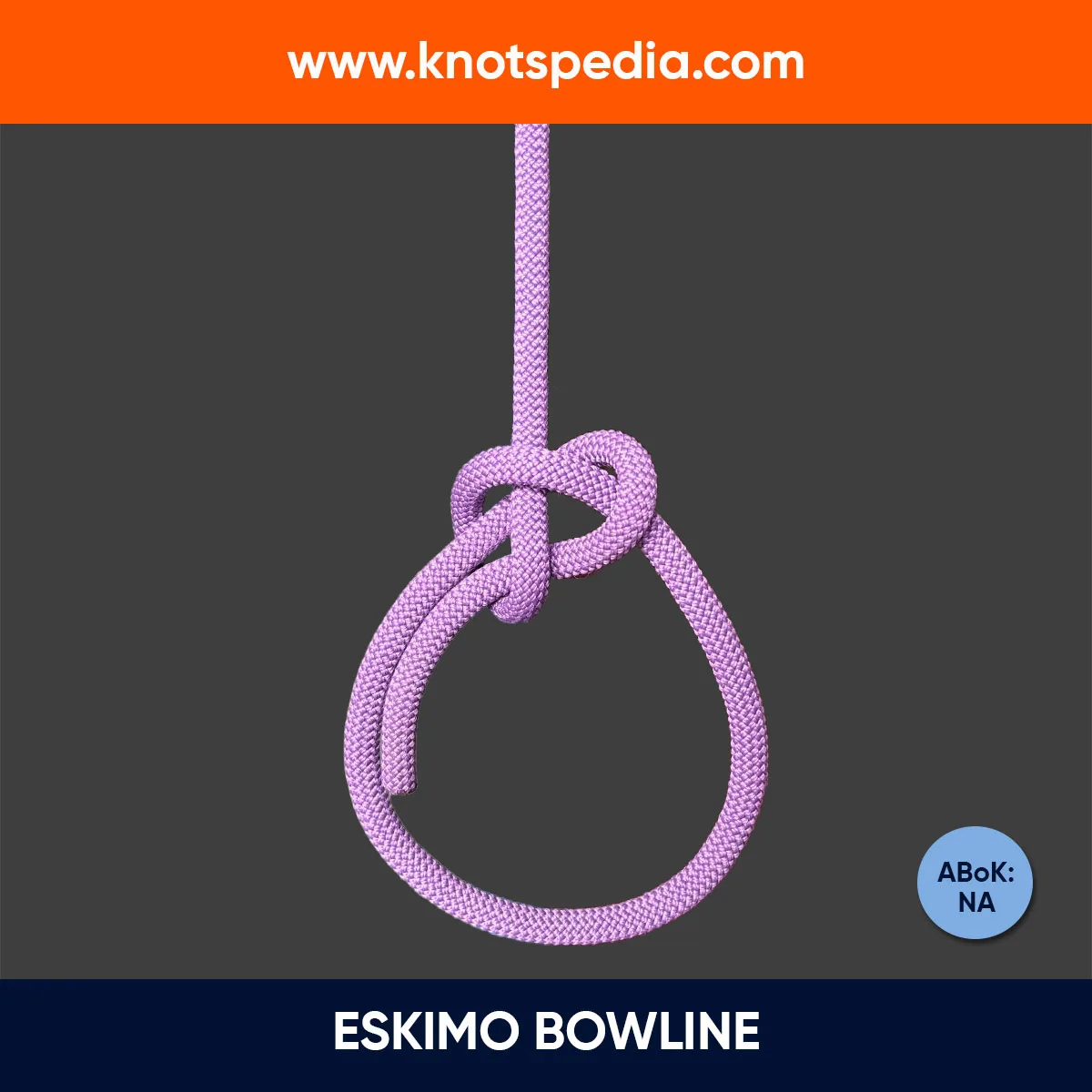
Both work in a similar way and are equally functional.
Kalmyk Loop
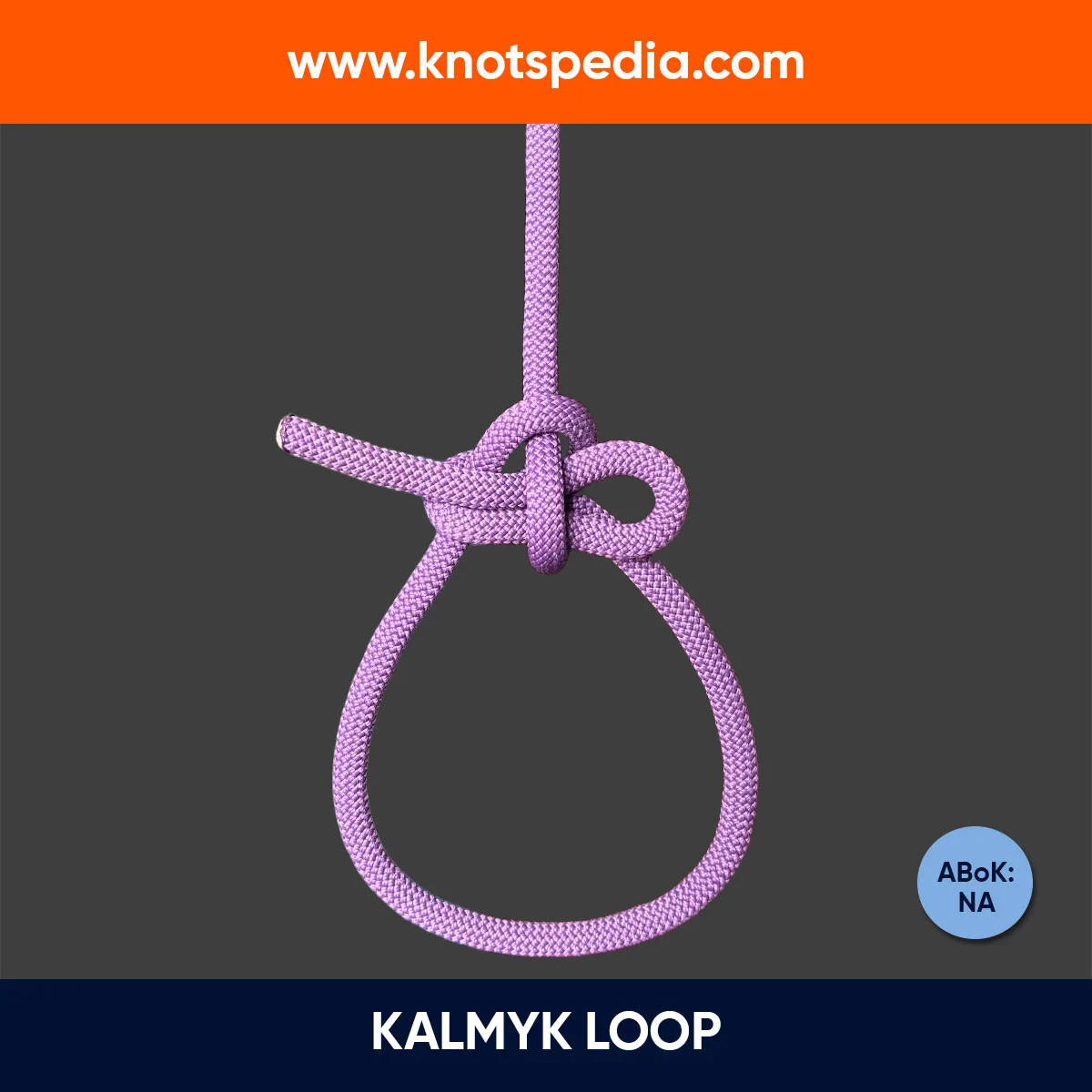
The Kalmyk Loop is the slipped version of the Eskimo Bowline knot.
Instead of feeding the tag end through the loop at the final step, you feed the bight through it. This makes it easy to untie the knot—just pull the free end of the rope.
It should be used with the light loaded applications only.
Why’s it called the Kalmyk Loop?
It’s named after the Kalmyks, a nomadic ethnicity in Russia.
Strength of Eskimo Bowline
The Eskimo Bowline is seen as a stronger version than the regular Bowline.
The June 2020 issue of the IGKT Magazine calls it “a more compact and secure alternative” to the Bowline.
Geoffrey Budworth says, “It is more secure than the common Bowline, especially in synthetic lines.”
But not everyone is convinced!
There is another school of thought that argues neither the standard Bowline nor the Eskimo Bowline is safe, especially when cross loaded.
The Eskimo Bowline looks like the left handed sheet bend, which is unreliable and unsafe.
The only variation that performs well under ring loading is the Cowboy variant. It has the tail existing outside of the loop.
Check this Wikipedia article for further details.
Liked the article? Bookmark it or Share it with family and friends!
